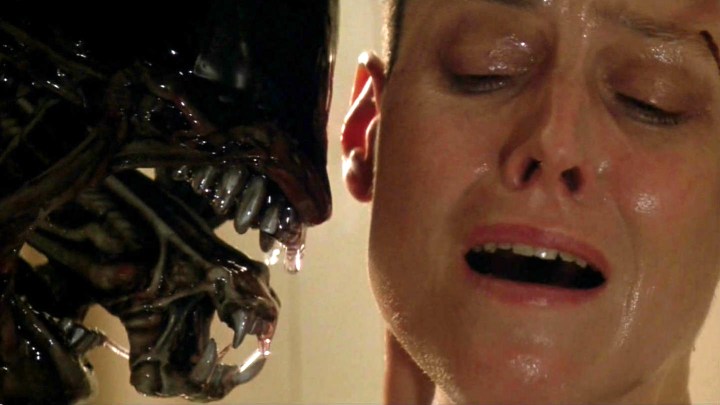
“A fundamental task for astrobiologists (those who study life in the cosmos) is thinking about what extra-terrestrial life might be like,” said Sam Levin, a researcher in the Oxford Department of Zoology, who lead the study. “But making predictions about aliens is hard. We only have one example of life — life on Earth — to extrapolate from. Past approaches in the field of astrobiology have been largely mechanistic, taking what we see on Earth, and what we know about chemistry, geology, and physics to make predictions about aliens.”
Levin and his team instead used evolutionary theory to predict the appearance of aliens, independent from the shape of life-forms on Earth. “This is a useful approach,” he said, “because theoretical predictions will apply to aliens that are silicon based, do not have DNA, and breathe nitrogen, for example.”
The results are some otherworldly creatures that look surprisingly familiar.

To be sure, the researchers admit they can’t yet predict whether aliens are green, bipedal, big-eyed beings or something else entirely, but they hope their study helps establish evolutionary theory as a lens through which to imagine what aliens might look like.
“By predicting that aliens have undergone major transitions — which is how complexity has arisen in species on Earth — we can say that there is a level of predictability to evolution that would cause them to look like us,” Levin said.
With the aid of evolutionary theory, the researchers’ predict that aliens would be made up of a hierarchy of increasingly complex entities and mechanisms (much like molecules, cells, and organisms) that cooperate in the form of a larger being. “At each level, of the organism there will be mechanisms in place to eliminate conflict, maintain cooperation, and keep the organism functioning,” Levin said. “We can even offer some examples of what these mechanisms will be.”
A paper detailing the research was published this week in the International Journal of Astrobiology.


